Video MGMT System
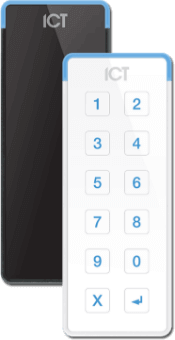 Access Control
Access Control
Voice & Data Wiring
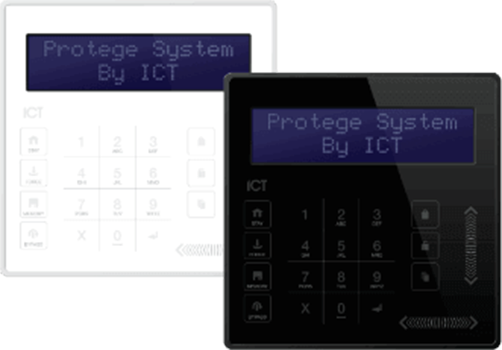 Burglar Alarm
Burglar Alarm
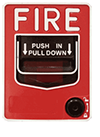 Fire Alarm
Fire Alarm
Video MGMT System
Voice & Data Wiring
THOUGHT CENTER > Blog > Access Controls
April 15, 2023
Access control systems prevent unauthorized access to restricted areas by cross-checking presented credentials against assigned access privileges.
User access credentials range from fingerprints placed on biometric readers to proximity cards that automatically communicate with door readers.
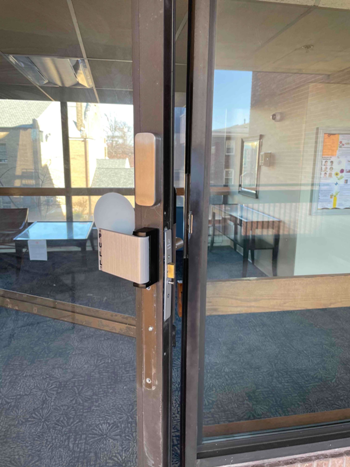
Access control systems let administrators instantly grant, revoke, and restrict access privileges via an access control interface. This means that new hires or guests can easily be granted access to specific areas they'll use while being denied access to other areas.
With a physical access control system, there’s no need to call in a locksmith to rekey all the locks on your property just because a key has been lost or stolen. Administrators can simply deactivate a lost credential and issue a new one.
Staff can stay focused on their main responsibilities when security is automated. They no longer need to fumble for keys to unlock doors when moving from one area to another. Nor do they need to turn around and lock doors behind them.
Physical access control proximity cards and fobs are particularly useful for fast-paced and busy environments because they can transmit identifying data to access readers from as far away as five feet.
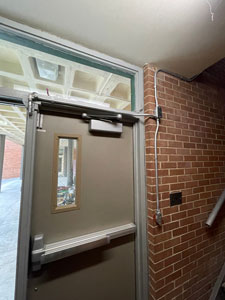
Credential authentication from a distance reduces bottlenecks at busy entry points and improves productivity by providing employees with seamless access when and where they need it.
Access control systems integrated with visitor management devices, such as badge printers, let guests scan official forms of identification, such as driver’s licenses, to enter the security system network and receive printed credentials.
When physical access control systems automatically log entry and exit data, they automate time-consuming protocols for regulatory compliance. Manual sign-ins can finally be left in the past.
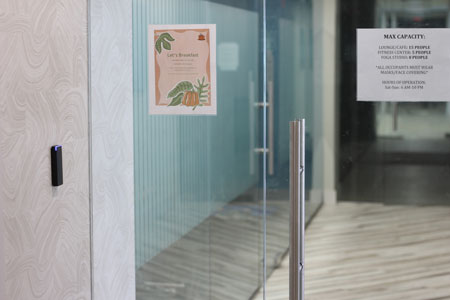
Systems with smart scheduling features enable precise access control management.
When unauthorized access is attempted, or doors are forced, access control systems instantly alert security personnel and administrators.
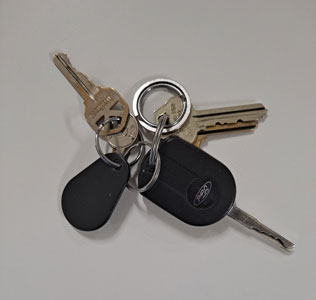
There are four main types of credentials used in access control systems:
Access control readers at entry points ensure that credentials are authentic. Access readers include keypads, which require codes for entry; biometric scanners, such as those for fingerprints; and electronic data systems, which receive identifying information through Bluetooth transmission or RFID (Radio-Frequency Identification) transmission.
The most common technology used for credential identification is RFID technology. In RFID systems, small antennas inside credentials transmit identifying data in the form of radio frequencies to antennas inside door readers.
After door readers authenticate credentials, they transmit the credential data to the access system's control panel.
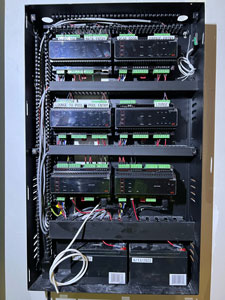
The control panel functions as the “brain” of the system. It contains data on all of a system's users, their associated credentials, and the particular access authorizations for each protected site.
Door access is permitted by the control panel only if there's a match between a credential and the assigned access rights at the door where it has been presented. If there’s a match, the panel will send an electronic signal for the door’s lock to disarm temporarily.
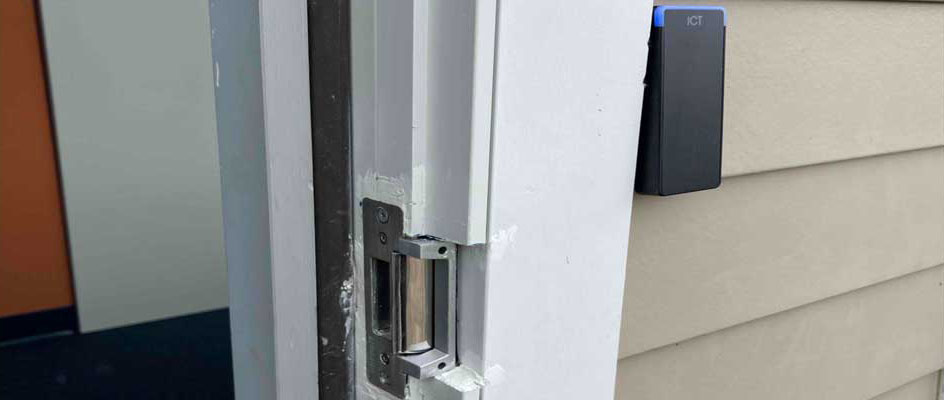
There are four main types of access control methods for assigning access permissions.
Role-based systems grant access to specific sites based on a user’s job position or role. This enables large employers to automatically grant members of teams predefined access privileges based on their needs.
For example, nurses at a hospital ICU would be assigned different privileges than nurses in an ER department, and kitchen staff at a hotel would be assigned different privileges than cleaning staff.
Discretionary systems allow administrators to give multiple trusted individuals permission to add and change access privileges as needed.
Discretionary access control is commonly used in smaller workplace environments where there are fewer users and entrances to manage.
Mandatory systems use strict rules that have been predefined by a central authority. These rules specify which users or groups are allowed to access specific resources and under what conditions.
Mandatory access systems are most commonly used by research facilities, government agencies, military organizations, and other entities where sensitive information must be strictly guarded.
Attribute-based systems are the most flexible method for assigning access rights. In such a system, the control panel makes access decisions based on a set of attributes, such as a user’s current responsibilities or the time of day.
These systems are ideal for highly dynamic workplaces, such as hotels and resorts, where users or the permissions they need are constantly changing.
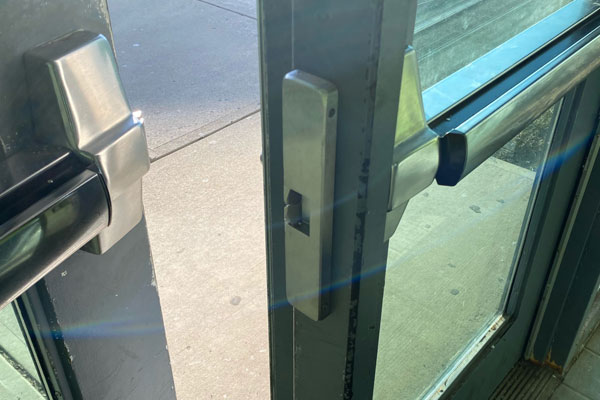
Follow a simple five-step method to ensure a high-functioning access control system.
The first step is to authorize individuals who are known to your organization. Provide unique credentials and assign specific privileges using one or more of the assignment approaches mentioned above.
After credentials are granted to users with specific authorizations, the credentials must be presented for authentication at entry points and matched with site authorizations by the control panel.
If the authentication process is successful and the control panel finds a match between a credential and assigned permissions, an electronic signal will be transmitted to temporarily disarm locks.
Central authorities or administrators review access logs, modify permissions, and add, adjust, or revoke access privileges as needed.
Periodically auditing access logs ensures that the system is working correctly and creates a baseline to monitor for suspicious activities.
Audits are particularly crucial for organizations with legal compliance requirements.
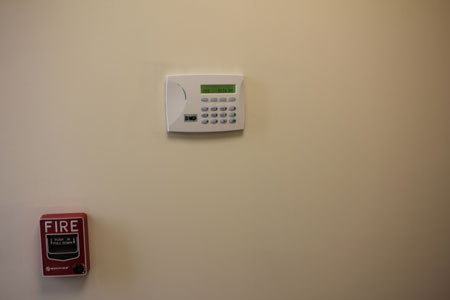
An integrated access control system combines multiple security and building management functions together for easy control on a single, unified interface. By integrating access control with security and building management systems, organizations can collect video evidence at access points, automate unlock and lockdown protocols for emergency situations, configure HVAC and lighting systems for greater energy efficiency, and more.
By implementing access control mechanisms, organizations reduce the risk of security breaches. That said, stolen or duplicated access control cards can result in unauthorized people gaining access to restricted sites. For this reason, cards should be highly encrypted to avoid duplication, and lost cards should be reported immediately so that they can be deactivated.
With the increasing prevalence of smartphones and network-connected devices in the workplace, access control systems have more credential options than ever before. To provide the most secure environment possible, consider Bluetooth-based entry systems. In such systems, Bluetooth signals are transmitted by smartphones to access readers. Bluetooth signals are the most secure non-biometric credential because they are impossible to duplicate.

Some access control systems are designed to accommodate many users and thousands of doors in different locations, whereas others are most suitable for small facilities or single entry points. If you select a system for fewer users and entry points, make sure that it's scalable to meet potential future needs.
Proximity cards are excellent for large industrial and warehouse complexes where many employees approach access points during specific hours. More highly sensitive sites within facilities may require stricter access protocols. For example, multifactor identification, such as Bluetooth ID in combination with fingerprint scans, is recommended for areas containing proprietary research or patient data.
The type of credential used at access points will affect the type of door reader that’s installed.
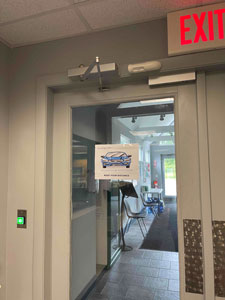
Some access control systems require credential authentication for entry while allowing exits with simple push buttons. However, when data must be logged for compliance, systems that require credentials both for entry and exit should be installed.
It may be possible to save money by reusing current credentials and other hardware in an upgraded access system. Your installer can tell you which control panels and access devices are compatible with the hardware you already have before you make an investment.
Some systems can be integrated with security and building management systems more easily than others. For current or future integration needs, be sure to select an access control system with an open-source design.
Biometric access control systems, such as those which require fingerprints, use the most secure credentialing method. And Bluetooth access control is the most secure non-biometric method.
For maximum access control security, consider multistep ID verification. Because multistep access control solutions use two or more credentials, they offer layered protection against unauthorized entries.
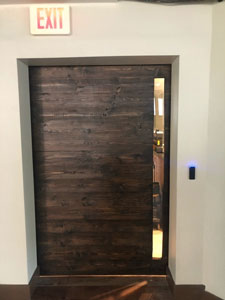
Integrating access control with other business systems can provide significant benefits for organizations, including improved security, improved workflows, centralized and remote management, and automated compliance with regulations.
Facilities that benefit the most from access control systems are offices, healthcare facilities, educational institutions, government buildings, industrial facilities, residential buildings, and hotels and resorts. That said, any facility with sensitive areas or resources can benefit from electronic access control.
Determine the level of security required for your property with a professional security assessment. Once you know what your needs are, evaluate different access control systems for their authentication methods, management tools, reporting capabilities, and options for scalability.
Finally, make sure that your access control system can integrate with other security devices, such as surveillance cameras, intrusion alarms, and fire alarms.
Most manufacturers provide a warranty for their products that covers defects in materials and workmanship for a specific period, most often for one to three years.
In addition to the warranty, many access control providers offer maintenance and support services. These services may include regular software updates, remote monitoring, and on-site maintenance and repair.
Use electronic access control instead of keys to provide a higher level of security. With keys, there's a risk of unauthorized access when keys are lost, duplicated, or stolen. A single lost mechanical key can result in massive expenses to rekey locks and pass out new keys.
Another downside to mechanical key-based systems is that they enable dishonest people to hide information about their access to sensitive areas and resources.
The greatest advantage of physical access control systems is the power they grant administrators to easily add, adjust, or revoke permissions on an individual or group basis.
A basic access control system may start with a few doors and a limited number of users, but expansion modules or other tools should be available to enable expansion as needed.
The top access control system companies are ICT (Integrated Control Technology) and Avigilon.
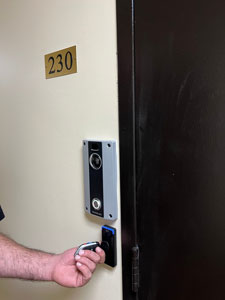
ICT specializes in all-in-one solutions for access control, intrusion detection, and building automation. Their systems are user-friendly and easy to integrate with third-party devices.
Avigilon stands out for manufacturing the most cutting-edge, AI-based security systems available anywhere. Their Access Control Manager (ACM) is a cloud-based platform that's easy to control via a computer browser or mobile device.
To implement a physical access control system that meets your site’s unique security and logistical challenges, consult experienced access control experts. Our team here at Mammoth Security partners with the world’s top access control brands and can explain the different features and technologies available so that you can make informed decisions about the ideal security posture for your needs.
NOT COMPLETELY SURE?
860-748-4292